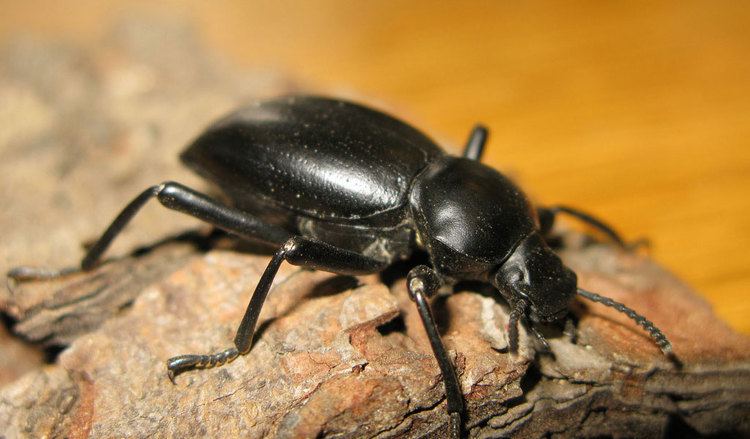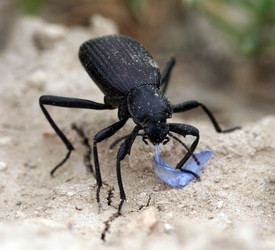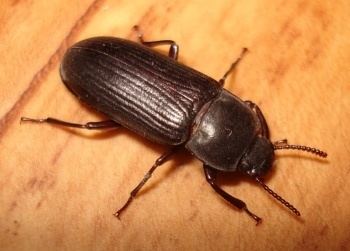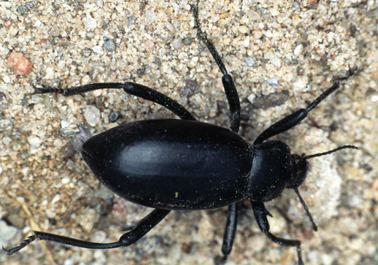Order Beetle Rank Family | Scientific name Tenebrionidae Higher classification Beetle | |
 | ||
Lower classifications Mealworm, Red flour beetle, Mealworm Beetle, Superworm, Confused flour beetle Similar Confused flour beetle, Mealworm, Red flour beetle | ||
Time lapse of mealworm becoming a darkling beetle full hd
Darkling beetle is the common name of the large family of beetles, Tenebrionidae. The number of species in the Tenebrionidae is estimated at more than 20,000 and the family is cosmopolitan. Humans spread some species sufficiently that they became cosmopolitan. Examples include Tribolium castaneum.
Contents
- Time lapse of mealworm becoming a darkling beetle full hd
- Darkling beetle terrarium
- Taxonomy
- Characteristics
- Biology and ecology
- Notable species
- References

Darkling beetle terrarium
Taxonomy

Tenebrionidae means roughly: "those that are like Tenebrio"; Tenebrio was the Latin generic name that Carl Linnaeus had assigned to some flour beetles in his 10th edition of Systema Naturae 1758-59. Tenebrio in turn literally means "seeker of dark places" or figuratively a trickster. In English, "darkling" is a more or less literal translation of tenebrio, meaning "dweller in dark".

Many Tenebrionidae species inhabit dark places. Exceptions include many species in genera such as Stenocara and Onymacris, which are active by day and inactive at night. The name Tenebrionidae accordingly reflects the knowledge available to the taxonomists who first assigned the name; it is not a general reflection of tenebrionid biology.

The family covers a varied range of forms, such that classification presents great difficulties. The following list of subfamilies was largely accepted in 2005.
The misspelling "T e r e b r i o n i d a e", occurs frequently enough to be easily overlooked. The error appears to have no particular significance, but to be the product of misreadings, mis-scans and mis-typings.
Characteristics
The Tenebrionidae may be identified by a combination of features, including :
Biology and ecology
Tenebrionid beetles occupy ecological niches in mainly deserts and forests as plant scavengers. Most species are generalistic omnivores, and feed on decaying leaves, rotting wood, fresh plant matter, dead insects, and fungi as larvae and adults. Several genera, including Bolitotherus, are specialized fungivores which feed on polypores. Many of the larger species are flightless, and those that are capable, such as T. molitor, only do so when necessary, such as when dispersing or malnourished.
The larvae, known as mealworms or false wireworms, are usually fossorial, heavily armored and nocturnal. They may possibly be an important resource for certain invertebrates and small mammals. However, the adults of many species have chemical defenses and are relatively protected against predators. Adults of most species, except grain pests, have slow metabolisms, and live long lives compared to other insects, ranging from approximately six months to two years.
Some species live in intensely dry deserts such as the Namib, and have evolved adaptions by which they collect droplets of fog that deposit on their elytra. As the droplets accumulate the water drains down the beetles' backs to their mouthparts, where they swallow it.
Notable species
The larval stages of several species are cultured as feeder insects for captive insectivores or as laboratory subjects:
